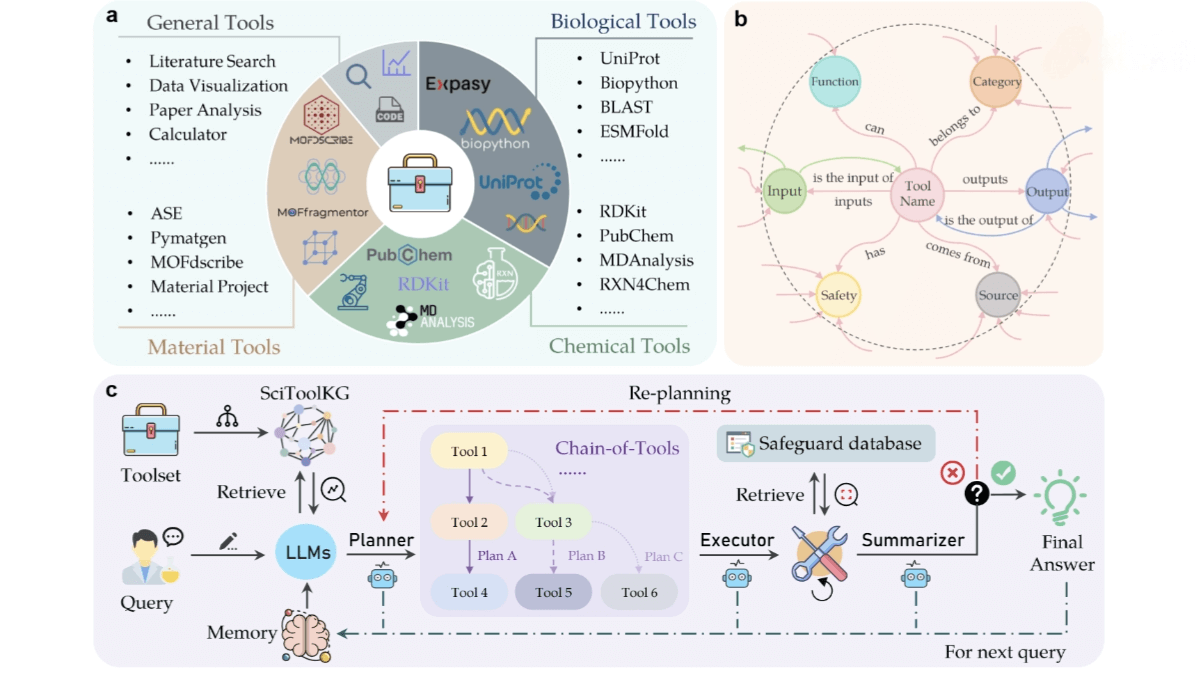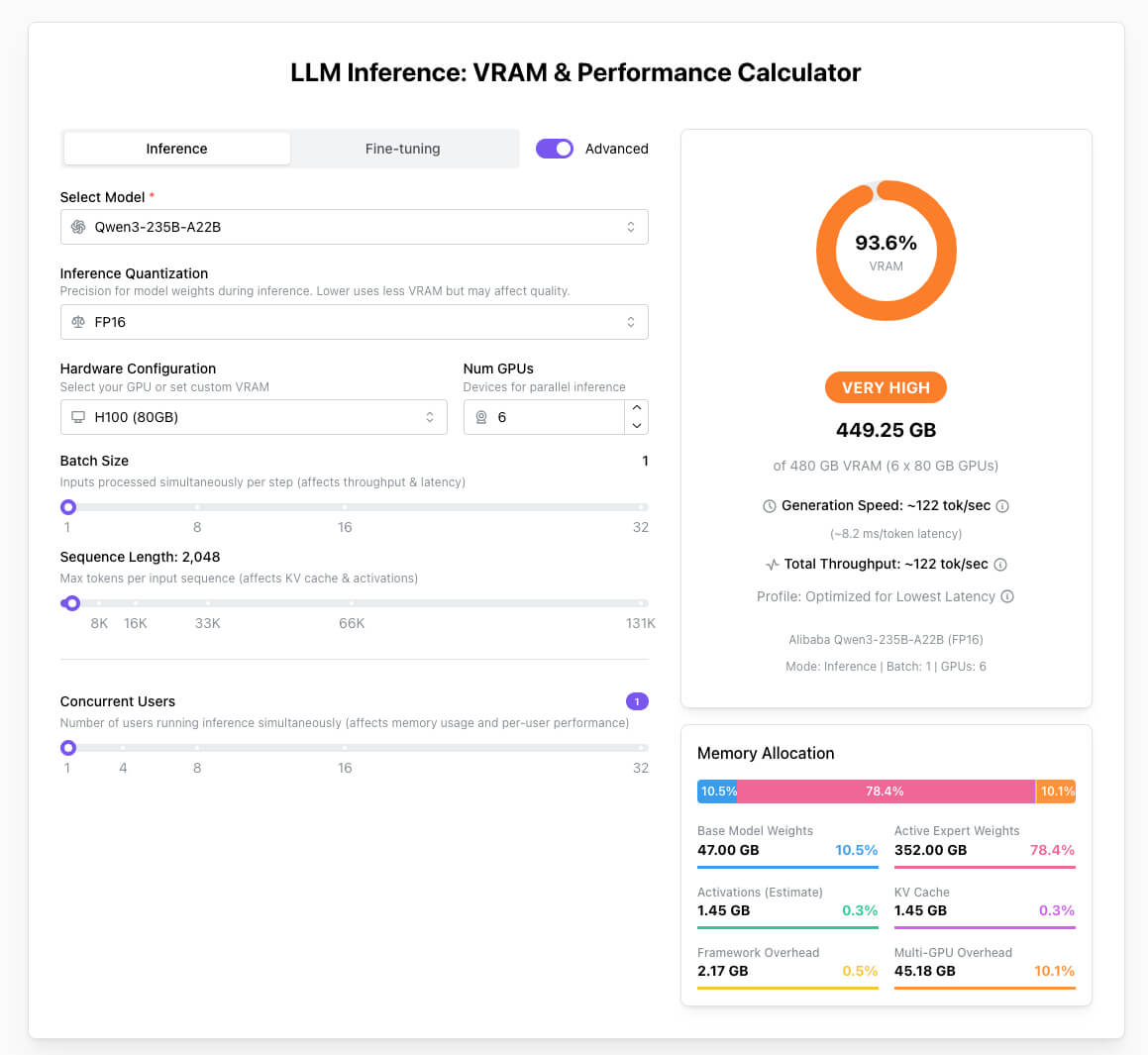SciToolAgent – A Knowledge Graph-Driven Scientific Domain Agent Open-Sourced by Zhejiang University
What is SciToolAgent?
SciToolAgent is an open-source tool platform developed by the Innovation Center of Zhejiang University (HICAI-ZJU) to enhance research efficiency. It integrates over 500 scientific tools covering multiple domains such as biology, chemistry, and materials science, capable of handling tasks like data processing, molecular modeling, and literature analysis. By building a scientific tool knowledge graph (SciToolKG), SciToolAgent can automatically match and recommend the optimal tool combinations based on specific research task requirements, enabling end-to-end automated execution from task parsing to result generation. It supports diverse research outputs, including analytical charts, numerical results, and structured reports. With its built-in safety monitoring mechanism, SciToolAgent ensures secure operation of tools and prevents erroneous results.

Main Features of SciToolAgent
-
Cross-domain tool integration: Integrates more than 500 scientific tools across biology, chemistry, materials science, and other fields, enabling tasks such as data processing, molecular modeling, and literature analysis.
-
Intelligent tool recommendation: Uses the scientific tool knowledge graph (SciToolKG) to automatically match and recommend the best tool combinations for given research tasks.
-
Full-process automation: Automates the entire workflow—from task parsing and tool scheduling to result generation—saving researchers time and effort.
-
Multimodal output: Supports diverse outputs including analytical charts, numerical computation results, and structured reports to meet various research needs.
-
Safety monitoring mechanism: Equipped with error detection and result validation to ensure tool execution safety, minimize incorrect results, and safeguard research reliability and ethics.
How to Use SciToolAgent
-
Installation and deployment: Download the open-source code of SciToolAgent from GitHub and follow the provided guide to install and deploy it on a local server or cloud environment.
-
Define the task: Clearly specify the research task requirements, including objectives, input data, and expected outputs, so that SciToolAgent can accurately interpret them.
-
Tool recommendation: Use SciToolAgent’s intelligent recommendation function—enter the task description, and the system will automatically match and suggest appropriate tool combinations based on SciToolKG.
-
Execute the task: Once the tool combination is selected, SciToolAgent will automatically carry out the workflow—from task parsing and tool scheduling to result generation.
-
View results: After completion, users can view multimodal outputs such as analytical charts, numerical data, or structured reports tailored to different research needs.
-
Custom extensions: Users can add new tools or design custom workflows to meet specific research demands or optimize their research pipelines.
Project Repository
Application Scenarios of SciToolAgent
-
Protein engineering: Automated design and analysis of protein structures to advance biomedical research.
-
Chemical reactivity prediction: Predicting chemical reactivity using machine learning to optimize experimental design.
-
Chemical synthesis planning: Analyzing and planning synthetic pathways to improve efficiency in chemical synthesis.
-
Materials screening and analysis: Screening and analyzing novel materials, such as metal-organic frameworks, to accelerate materials science research.
-
Literature and data analysis: Processing and analyzing scientific literature and experimental data to support knowledge discovery.
Related Posts




